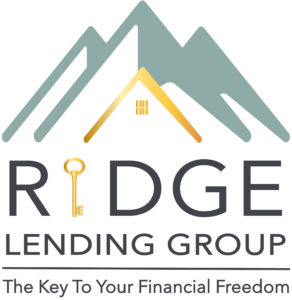
Almost all of us old enough to buy a home remember the 2008 subprime mortgage crisis that sent the country into a recession. In the aftermath of the crisis, a number of measures were taken to bring more transparency, reduce the likelihood of future financial woes, and end taxpayer bailouts. These enhanced protection standards led banks and lending institutions to further tighten underwriting guidelines.
As Fannie Mae and Freddie Mac began applying more scrutiny to mortgage loans they had purchased, more lenders were forced to buy back the mortgages at face value and absorb any losses. Large financial institutions suffered billions of dollars of losses repurchasing these loans from Fannie and Freddie. Smaller mortgage originators then began to absorb grave losses as larger financial institutions required them to follow suit. This created a snowball effect and shuttered many small businesses. To counter the threat of loan repurchases and stay afloat, the surviving small and medium-sized mortgage originators set out more stringent underwriting procedures and guidelines.
These days, the perfect loan is not one that involves large sums, an irreproachable credit score, or a hefty down payment, but rather one that meets the credit underwriting standards for the type of loan you are applying for and one that you can corroborate with documents. Every single aspect of your financial life has to be checked, verified, and reviewed once more before approval. What underwriters look for are a history of consistent payments and a paper trail to back that up. In this way, lenders can detect loan defects at origination and minimize the risk of a buyback loss.
The lending process typically starts with the prequalification. A loan prequalification is an estimate for credit given by a lender based on information provided by a borrower. At this critical stage, the mortgage planner will request information over the phone or through an online form about things such as employment, income, assets, and credit score. They may also obtain soft credit inquiries, which do not affect an individual’s credit score. At Ridge Lending Group, we complete 90 percent of our due diligence on the front end of the transaction in the prequalification phase.
For the final approval, the borrower will need to provide all the supporting documentation to the lender. The mortgage underwriter is tasked with validating the information therein and approving your loan. Nowadays, most mortgages are approved by automated underwriting engines such as Desktop Underwriter, and the automated system will indicate what documents are still necessary to verify the inputs. Once the mortgage underwriter collects those and other documents they may require, the loan file is then re-submitted to Desktop Underwriter.
As you can see, the perfect loan boils down to proof. While the day is yet to come when the process will be far more streamlined, you will want to produce every required paper in full. If a document includes multiple pages, such as bank statements, make sure to include every page of it, even ones marked “intentionally left blank.” Do not hesitate to ask your loan officer for precise instructions on how and where to submit the information. When a loan application becomes a source of frustration, it is often due to miscommunication.
For helpful tips on getting started in real estate investing, subscribe to our YouTube channel. You can also contact us regarding commercial properties by calling 855.747.4343 or sending an email to info@ridgelendinggroup.com . Also, visit our website for any additional questions related to investment property funding.


